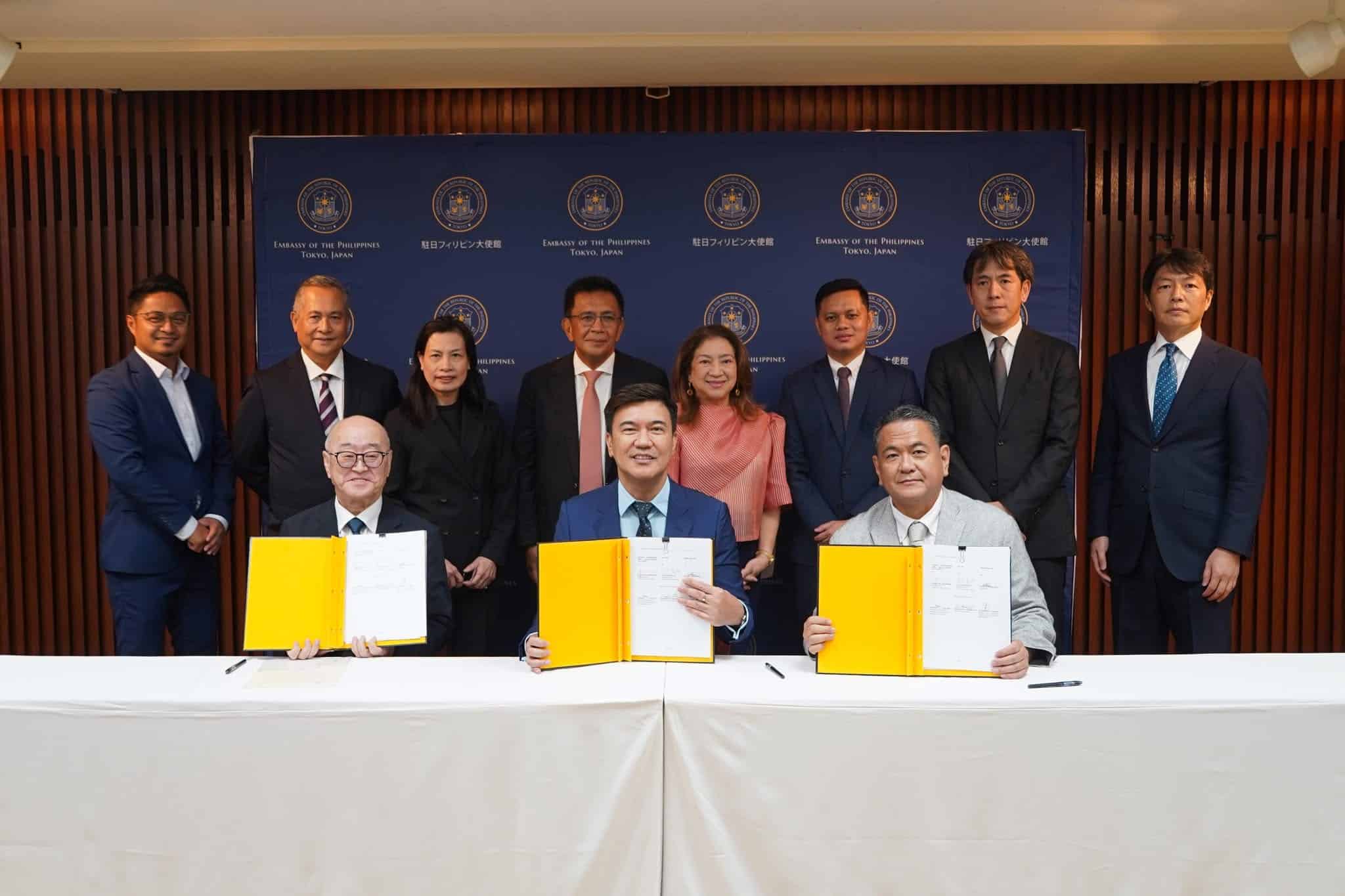**South Korea Nears Stablecoin Bill Submission by End of 2025 Amid Regulatory Tensions**
South Korea is preparing to submit a stablecoin bill by the end of 2025, joining multiple proposals submitted by National Assembly members. This legislative momentum reflects the rapid growth of stablecoins within the country’s burgeoning crypto ecosystem. However, tensions between the Financial Services Commission (FSC) and the Bank of Korea (BOK) have emerged, centered on differing regulatory approaches. While the FSC favors a market-focused framework treating stablecoins as virtual assets under its jurisdiction, the BOK advocates for bank-led issuance to ensure financial stability.
—
### What Is South Korea’s Stablecoin Legislation?
South Korea’s stablecoin legislation comprises ongoing efforts to establish a clear regulatory framework for digital tokens pegged to the Korean won. The framework aims to address key issues such as issuance protocols, licensing requirements, and supervisory oversight, all amid the rapid expansion of the virtual asset sector.
The FSC plans to introduce a government-backed bill by the end of 2025, complementing several proposals already submitted to the National Assembly by individual lawmakers. This initiative seeks to manage burgeoning stablecoin usage while mitigating inherent risks like depegging and volatile capital flows.
—
### How Do Regulatory Disputes Affect Stablecoin Development in South Korea?
A primary source of tension lies in determining regulatory authority. The FSC regards stablecoins as virtual assets, positioning itself to license issuers and supervise exchanges. In contrast, the BOK supports a model where banks lead the issuance process to safeguard the broader financial system.
Sejin Kim, a fintech policy analyst at the Information Technology and Innovation Foundation, notes that while most assembly bills propose licensing private stablecoin issuers, none fully correspond to either the FSC’s or BOK’s preferred vision. This misalignment, explains attorney Jeonghwan JK Kim from Architect Legal Advisory, results in legislative fragmentation and delays comprehensive rulemaking.
The BOK’s October 27 whitepaper emphasizes that currency fundamentally relies on trust rather than technology, underscoring the need for central bank oversight. Experts like Seoul National University finance professor Jaewon Choi echo the BOK’s cautious stance, highlighting global stablecoins’ recent depegging episodes as cautionary examples.
South Korea’s positive-list regulatory model—permitting only explicitly approved activities—may further inhibit innovation compared to more flexible approaches seen elsewhere, illustrating the complexity of balancing innovation with stability.
—
### Market Dynamics: The Kimchi Premium Extends to Stablecoins
South Korea’s stablecoin market displays unique dynamics, notably the “kimchi premium”—a price difference where domestic stablecoins trade at higher levels than their global counterparts due to high local demand and capital controls.
According to BOK data, trading volumes of USD-pegged stablecoins such as USDT and USDC soared to 56.95 trillion won in Q1 2025, tripling the 17.06 trillion won recorded in Q3 2024. This surge reflects both increased market activity and the premium effect, reminiscent of Bitcoin’s 2017 bull run where prices in South Korea exceeded global rates by up to 30%.
—
### Key Proposals in South Korea’s Stablecoin Legislation
– **Licensing Regime:** Most proposals advocate for licensing private issuers of won-pegged stablecoins, aiming to foster a regulated market while maintaining innovation.
– **Bank Involvement:** The BOK’s whitepaper emphasizes the crucial role of banks in stablecoin issuance to mitigate risks such as mass redemptions, foreign exchange violations, and systemic instability.
– **Divided Oversight:** Emerging consensus suggests a split regulatory structure, with the BOK responsible for reserve management and settlement systems, and the FSC focusing on licensing and exchange supervision.
—
### Why Is There a Kimchi Premium on Stablecoins?
The kimchi premium exists because of South Korea’s high domestic demand for stablecoins combined with capital controls that restrict funds from easily flowing abroad. This supply-demand imbalance inflates the local price of stablecoins beyond their global value.
Stablecoins like USDT and USDC dominate the Korean market, as indicated by the BOK’s recent statistics. The premium mirrors dynamics first seen in the Bitcoin market during the 2017 bull run and now extends to stablecoins due to similar market and regulatory conditions.
—
### Industry Insights and Ongoing Developments
President Jae-Myung Lee’s pro-crypto agenda highlights fostering a domestic won-pegged stablecoin market and supporting local issuance to strengthen South Korea’s position as a digital asset hub.
However, fintech analyst Sejin Kim cautions against regulatory turf wars. She advocates designing stablecoins primarily as efficient, low-margin settlement tools integrated with real-economy use cases such as spot ETFs, security token offerings (STOs), remittances, and B2B payments. “Licensing follows after the design principles are formed,” she says, emphasizing ecosystem growth over stand-alone permissions.
Meanwhile, BOK Governor Chang-yong Rhee warns of potential risks tied to stablecoins, including depegging, rapid redemption shocks, violations of foreign exchange regulations, and increased volatility. Professor Jaewon Choi adds that uncertainties around the won’s limited global usage and the dominance of USD-backed stablecoins warrant careful economic impact assessments.
Attorney Jeonghwan JK Kim describes South Korea’s positive-list regulatory approach as a hurdle for agile innovation, contrasting it with more permissive, innovation-friendly models seen internationally.
—
### Emerging Stablecoin Projects and Market Outlook
Several stablecoin initiatives have emerged amid the evolving regulatory landscape:
– **KRWX:** Launched by IQ AI and Frax Finance on October 30, KRWX is designed as a multi-chain, cross-border stablecoin but remains in proof-of-concept with no current domestic availability.
– **KRW1:** Released by Busan Digital Asset Custody Services in September, KRW1 targets institutional use cases like remittances and aid distribution. It functions as a pilot project pending regulatory clarity.
The overall market direction points toward a regulatory compromise with divided roles: the BOK overseeing reserves and settlement, while the FSC manages licensing and exchange activities. This model may favor bank consortia-backed stablecoins over startup-led ventures, emphasizing financial stability alongside innovation.
—
### Conclusion
South Korea’s stablecoin legislation represents a critical step in regulating won-pegged digital assets amid burgeoning market demand and complex regulatory disputes. Balancing the FSC’s licensing authority and the BOK’s financial stability concerns remains key to forming an effective and unified framework.
Experts like Sejin Kim and Jeonghwan JK Kim emphasize pragmatic, use case-driven stablecoin designs that integrate with real-world financial applications such as tokenized securities and cross-border settlements. Under President Jae-Myung Lee’s pro-crypto vision, the country is poised to strengthen its position in Asia’s digital finance landscape.
Stakeholders should stay informed of ongoing developments as South Korea navigates regulatory challenges and fosters innovation in its evolving digital asset ecosystem.
—
*Stay updated on South Korea’s stablecoin regulations and their impact on Asia’s crypto market by following our ongoing coverage.*
https://bitcoinethereumnews.com/tech/south-korea-nears-won-pegged-stablecoin-rules-amid-usdt-dominance-and-regulator-debate/


